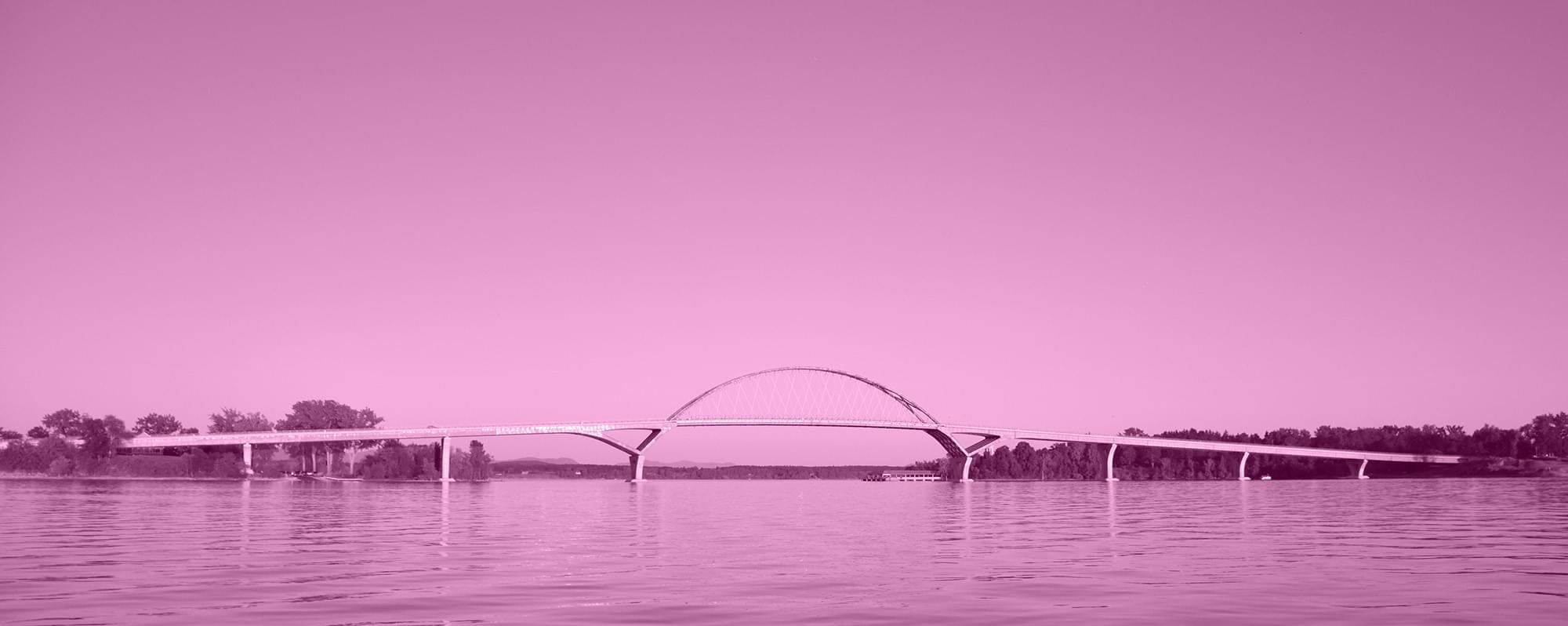
Thriving Communities
 GOAL: Lake Champlain Basin communities have an appreciation and understanding of the Basin’s rich natural and cultural resources, and have the capacity to implement actions that will result in sound stewardship of these resources while maintaining strong local economies.
GOAL: Lake Champlain Basin communities have an appreciation and understanding of the Basin’s rich natural and cultural resources, and have the capacity to implement actions that will result in sound stewardship of these resources while maintaining strong local economies.
A
ny measure of a sustainable watershed must include communities that are thriving in a way that is compatible with the protection of our natural and cultural resources. A community only thrives when there is a balance of careful stewardship of those resources and smart economic development. Sound social and economic objectives are cornerstones of natural resource management and sustainable development. While economic development is beyond the purview of the LCBP and OFA, the organization can support and inform efforts by the business community and industry to implement lake-friendly and culturally responsible practices that contribute to a stronger economy and a healthier Lake.
The LCBP has an array of tools to foster thriving communities. The Champlain Valley National Heritage Area Partnership is a National Park Service program that focuses on stewardship, education and interpretation of our region’s rich history and culture, collaboration among New York, Vermont and Québec, and sustainable tourism from the mouth of the Richelieu River to the southern end of the Champlain Canal. The Champlain-Adirondack Biosphere Network encourages dialog among partners in the Basin and Adirondack Park. While these efforts are large in scale, the LCBP also promotes this networking and knowledge-sharing at the state, regional, and local levels. The strategies below lay out an approach to ensuring that successful efforts are recognized and shared.
ENGAGING AND SUPPORTING PARTNERS
The LCBP has supported partners and encouraged collaboration for more than 30 years. The Program has provided watershed efforts with support and trainings through its Organizational Support to Watershed Groups grant programs. The LCBP has provided forums for discussions on stewardship techniques among foresters, farmers, municipal and state officials, and landowners. School programs and outreach efforts strive to educate the public on how they can help address the issues facing Lake Champlain—and explain why the actions they take are in their best interest. The LCBP has illuminated the connection between a clean, sustainable environment and a vibrant, growing economy.
The LCBP State of the Lake Report condenses the outcomes of our partners’ efforts every three years, and the LCBP annual report provides information on every project undertaken in the previous fiscal year. These documents allow residents and policy makers to understand our collective progress toward achieving OFA goals. As social and environmental issues evolve, so does the plan. In addition to continuing address the actions described above, the LCBP will work to strengthen technical outreach and training, support plans for pending climate migration, take actions to increase engagement with underserved communities, and better illustrate how investing in infrastructure can benefit us economically.
WATER-WISE ECONOMIC DEVELOPMENT
An important first step in linking the value of a clean lake to the regional economy is a comprehensive assessment of the value of ecosystem services and the direct financial benefit to the business community, including revenues from recreation and tourism. Working with the business community, including farmers and loggers, to implement lake-friendly practices—from minor adjustments in everyday operations to large-scale innovation—can help enhance the ecological and economic services provided by clean water. The LCBP has traditionally presented Farm Awards to agricultural producers who implement practices to protect water quality. Extending the awards program concept to other areas, including implementation of effective green stormwater infrastructure, will highlight businesses that adopt more water-wise practices and exhibit leadership.
The LCBP has provided leadership in the recent revival of the Champlain-Adirondack Biosphere program, which was dormant for 30 years. The Biosphere provides more opportunities for encouraging our municipalities and citizens to be careful stewards of our natural and cultural resources. It also provides a platform to encourage an exchange of ideas and practices from other biospheres from across the globe. The formation of the Champlain-Adirondack Biosphere Network (CABN) created a “network of networks” that better ties communities and organizations working toward the same sustainable goals for the environment and society. The LCBP will support this effort through leadership, staffing, and grants.